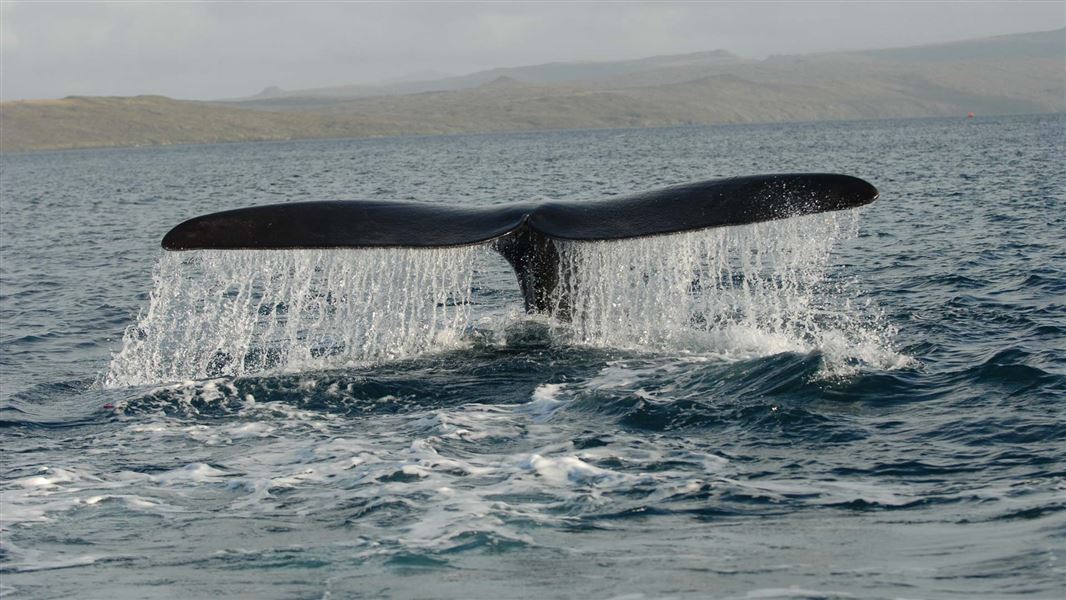Visiting the islands
You can visit the Auckland Islands - Mōtū Maha Marine Reserve as part of a guided trip. Several ecotourism operators offer cruises to the Auckland Islands. These are controlled by permit and restricted to a certain number of passengers each year.
You must have a permit, and strictly adhere to the minimum impact code. More information about visiting the subantarctic islands.
The salvage or recovery operation of a shipwreck may be undertaken in the marine reserve if the Director-General of Conservation has given approval.
Description
The Auckland Islands - Mōtū Maha Marine Reserve covers an area of about 484,000 ha in the Southern Ocean. It stretches for 12 nautical miles around the subantarctic Auckland Islands, and not only protects relatively shallow inshore areas, up to 100 m deep, but also deep ocean environments down to 3,000 m deep.
The islands themselves are a National Nature Reserve and have World Heritage status because they are home, and breeding grounds, for a rich variety of species. Both the islands and their aquatic environment are managed together by DOC, recognising the vital interconnection between land and sea in the subantarctic region.
The marine environment around the Auckland Islands became a marine mammal sanctuary in 1993 and, unusually, also a marine reserve in 2003.
Nature
The waters around the Auckland Islands are home to some charismatic and rare marine animals. They are a breeding ground for Southern right whales and important habitat for New Zealand sea lions, and because of this they are classified as a marine mammal sanctuary, as well as a marine reserve.
The islands are a kind of seabird oasis in the turbulent Southern Ocean - a place to rest, breed, nest and raise their young. They provide this refuge for numerous species of penguin, albatross, petrel, and many other of the world’s seabirds.
Beneath the waves there are extensive soft sediments within bays and inlets, rocky reefs, gravel and boulder fields and deeper areas of calcareous mud, ooze and sand. Many of the marine species which live in these habitats are found nowhere else on earth.
The main island (Auckland Island) is surprisingly large at more than 500 square km in size. The other islands are Adams Island, Enderby Island, Disappointment Island, Ewing Island, Rose Island, Dundas Island and Green Island, with a combined area of 625 square km.
The Auckland Islands and marine reserve are completely protected from harvesting.
Tikanga Māori
The principal iwi (tribe) of Te Waipounamu (the South Island of New Zealand and Rakiura/Stewart Island) is Ngāi Tahu.
Ngāi Tahu claims manawhenua (recognition of customary rights) for the Auckland Islands. This interest is based on their oral records of fishing, hunting and other resource gathering expeditions in the seas around the islands.
The Ngāi Tahu Claims Settlement Act 1998 acknowledges the special association of Ngai Tahu with taonga species found in the Southern Ocean.
These include hoiho, (yellow-eyed penguin), titi (petrels), toroa (albatrosses and mollymawks), rimurapa (bull kelp) and marine mammals.
